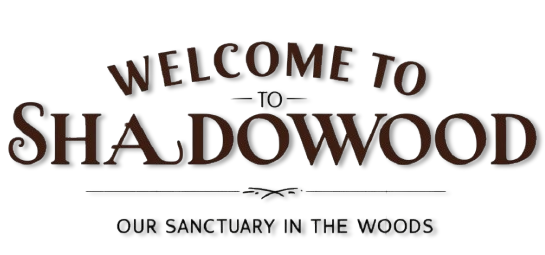“Where do you see the women in your community?” asked the presenter of the workshop.
My answer was not what she expected.
I was attending the local Women’s Day Festival, an annual event of lectures and workshops geared toward exploring the roles, experiences, and perceptions of women. This year the program bore a heavy leaning toward women in relation to the natural world. One workshop was entitled “Ecological Feminism.” While I have never felt the need to label myself a feminist, the “ecological” aspect did catch my eye and my interest. Knowing little about the subject, I sat with other eager listeners to attempt to absorb concepts of connecting gender and place. In one group exercise, the presenter asked us to close our eyes and envision our homes. She then asked us to expand the vision to include our communities. Next, we were told to explore our mental backdrops to identify the exact locations where we found the women in our communities.
This is where I’m afraid, she lost me. You see, I am intimate with my home. I know every nook and cranny both of the structures and of the land associated with this none-too-gracefully aging farmstead. I know every gap in the clapboard and tilt of the floor. I know each indomitable lilac bush and renegade asparagus spear-sucking a living from my yard.
And when I think of the greater community in which I live, I need only note the embrace of state and federal forests that completely surround this land. I prefer to imagine an endless expanse of untouched wilderness on the other side of the mature tree line, though miles of logging trails and encroaching clear-cuts bespeak the sadder truth. Yet my community is abundant with life and marvelously diverse in these modified wilds. My neighborhood is, as all neighborhoods are, filled with the essential elements of living: responsibility and recreation, abundance and deprivation, acceptance and rejection, fear and comfort, pandemonium and peace, solitude and gathering, procreation and parenthood. Within my community, live myriads of individuals leading lives so interwoven that I simply cannot hold myself apart. Nor would I want to. I host hundreds … thousands … perhaps millions of visitors a day on land of which no one has any interest in knowing the legal ownership. They come and go, my neighbors, with the casual familiarity of adult family members living apart but ever-connected and ever-dependent.
Adoption into this community has been hard won – perhaps harder won even than in a strictly human environment. A friend has told me that I am essentially and by nature a predator, and as such am not to be trusted by my farm community. Perhaps this is true, but nature is willing to make exceptions, and I am being slowly and gratefully exempted from my erroneous label. I have known no greater acceptance than to have a pine siskin forage unconcerned between my feet as I check the seed level in his feeder or to have a deer approach (however cautiously) rather than flee at my appearance.
It’s not that I don’t know exactly what she meant, the presenter of the workshop. As a youth and young adult, my concepts of community were vague and disconnected. My suburban upbringing and essentially solitary nature kept me captive as an incurious spectator of community life. It was not until I found this remote little farm that the intrinsic connections were made which brought the reality of community into my life. And now my living environment is so vast … and so limited … that in truth I find only one woman in it. I encounter other women in the world, of course, but they live outside my immediate and heartfelt community. When I feel the need to link with those of more common genetics and experience, I explore beyond my comfortable boundaries and enjoy time with human society … then I come home.
